I am trying to detect line voltage (230V AC, if the supply is ON/OFF) by a microcontroller with the help of an AC optocoupler. The optocouplers I have evaluated are PC814, H11AA1 and SFH620A-3, out of which I found SFH620A-3 to be more efficient (must be due to the better CTR). I had connected a series resistance of 440K (1/4W) and everything seems to be fine i.e the microcontroller is able to sense when there is line and otherwise. While testing my circuit at various input voltages I found that the opto will start giving fluctuating output when my voltage is 145V. I calculated the voltage and found that for 145V AC and a series resistance of 440K, the current is just 0.33mA which may to be insufficient to turn on the opto. Now I could reduce the resistance, however the heat dissipated would be more (which I don't want). I am also not able to use a x-capacitor or use a transformer due to size constraints. Due to all these factors, someone suggested me to find another opto which works at very low current. Hence I started searching for it and found one i.e SFH628A-3, however I am not good in understanding their datasheet and need help to see if it fits.
Sorry for the long story, I am still learning.

